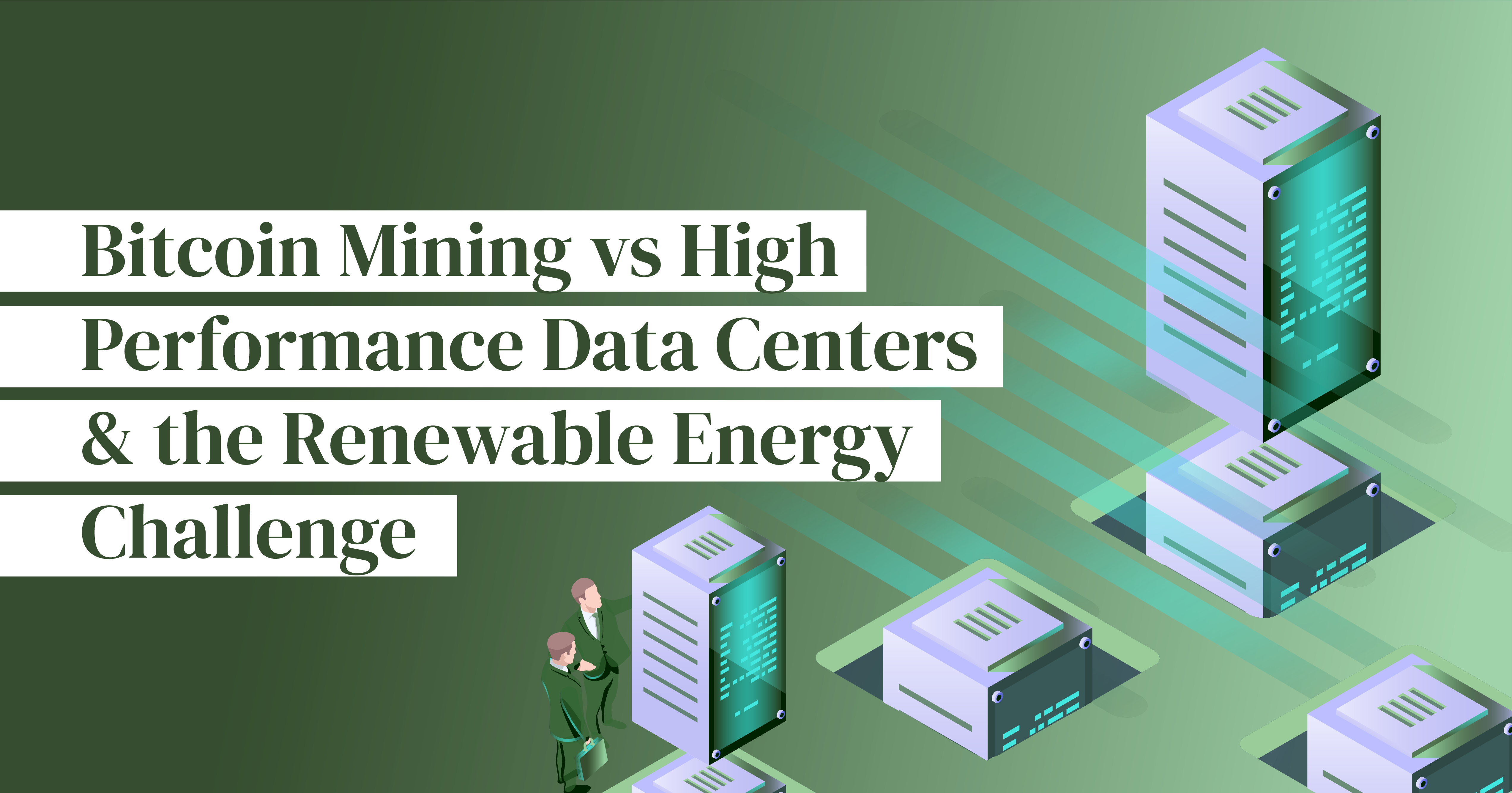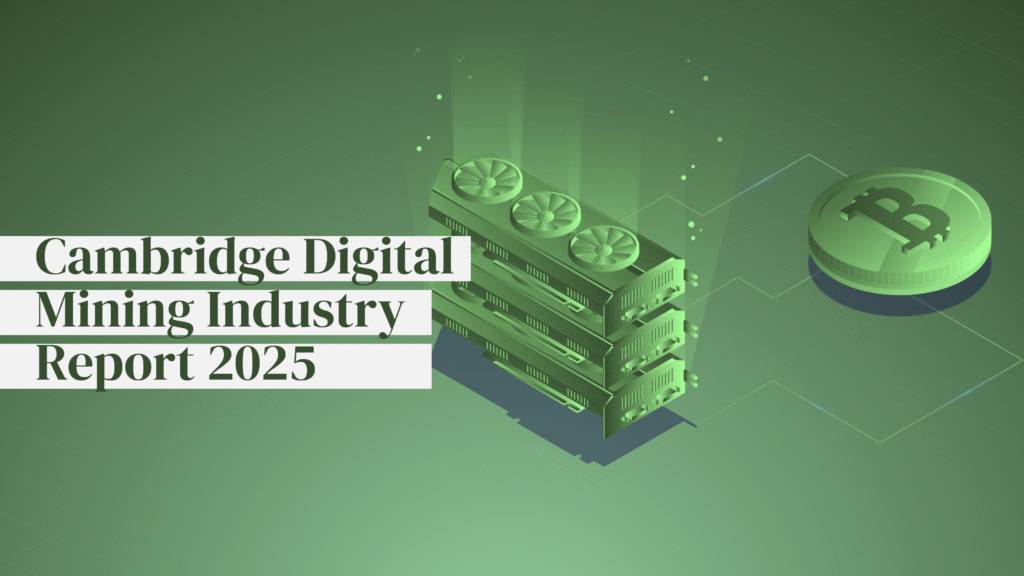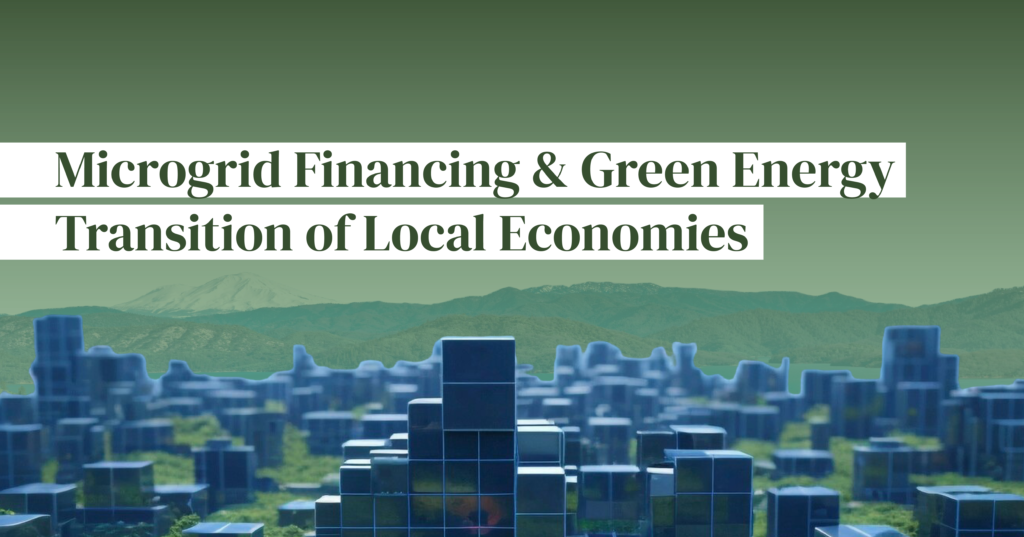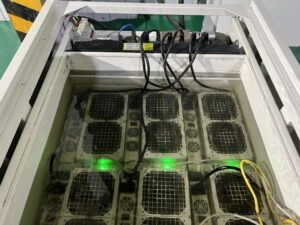Introduction
In the previous article, The Renewable Energy Challenge, we explored the challenges that arise with increasing renewable energy shares and briefly discussed how Bitcoin mining could help address these issues.
But why focus on Bitcoin mining specifically, and not High-Performance Computing (HPC) data centers, such as AI data centers? What sets them apart?
This article compares the infrastructure needs of Bitcoin mining operations with those of HPC data centers. Bitcoin mining, which uses specialized ASIC hardware, is energy-intensive and crucial for securing the Bitcoin network. On the other hand, HPC data centers support advanced computations like AI tasks and require robust hardware, connectivity, and variable energy management.
We will examine the distinct energy needs, cooling requirements, location factors and regulatory environments of Bitcoin mining versus HPC data centers.
We will explore why Bitcoin mining is more like a dung beetle (in a positive way), while HPC data centers are more akin to the locust of the energy sector, based on the recent research article How Bitcoin Mining Reduces Carbon Emissions by Margot Paez and Troy Cross from the Bitcoin Policy Institute.
Note: In the article Optimizing Bitcoin Mining: The Strategic Advantage of Location , we have already explored the location requirements for Bitcoin mining in more detail. Therefore, here we will focus only on the distinctive features of Bitcoin mining versus HPC data centers.
1. Energy Requirements:
Both Bitcoin mining and HPC data centers are highly energy intensive. While the energy demand of HPC data centers may fluctuate based on workload, Bitcoin mining can easily be powered up or down as needed. HPC data centers usually require extremely reliable power with multiple redundancies to prevent downtime and ensure continuous operation. The value of the work offered by HPC data centers may vary depending on the workload, which is less of an issue for Bitcoin mining.
Bitcoin mining does not need to be operational at specific times; for example, it can easily power up or down depending on the local energy supply and energy prices. HPC data centers cannot be powered down as easily and require specific software to manage and balance the workload.
Bitcoin miners are far more sensitive to energy costs than HPC data centers, driving them to seek out the cheapest energy sources available, thus often tapping into wasted energy that isn’t utilized by other consumers.
Comparison Between Bitcoin Mining and HPC Data Centers
Aspect | Bitcoin Mining | HPC Data Centers |
Primary Purpose | Securing the Bitcoin network through energy-intensive ASIC operations. | Supporting advanced computations, such as AI tasks and simulations. |
Energy Requirements | High energy demand; can be powered up or down based on energy availability. | High energy demand with variable workloads; requires continuous, reliable power with redundancies. |
Energy Sensitivity | Highly sensitive to energy costs; seeks the cheapest energy sources. | Less sensitive to energy costs, as profit margins are higher. But requires reliable and stable energy sources. |
Cooling Needs | Requires robust cooling due to significant heat from ASICs. | Complex cooling needs due to high-density server racks and diverse hardware; uses advanced techniques like liquid cooling. |
Infrastructure & Connectivity | Basic but robust internet connection sufficient; latency is not critical. | Requires ultra-high-speed, low-latency connections for large data transfers and complex computations. |
Hardware | Specialized ASIC hardware. | Specialized hardware like GPUs and TPUs; massive data storage capabilities. |
Security Needs | Minimal physical and cyber security requirements; no sensitive data processed. | High physical and cyber security requirements, especially for sensitive data and government contracts. |
Regulatory Requirements | Fewer regulatory concerns, mainly focused on energy use. | Stringent regulatory compliance, particularly for data privacy (e.g., GDPR) and security standards. |
Location Flexibility | Highly location-agnostic; can operate in remote areas and utilize otherwise wasted energy. | Location-dependent; requires proximity to reliable power sources and robust infrastructure. |
Operational Flexibility | Can quickly adjust power usage based on energy supply. | Less flexible; operations are closely tied to demand for workload. |
Environmental Role | Can function as a flexible demand response entity, aiding in energy grid stability. | Primarily focuses on consistent operation; less flexibility in adapting to energy availability. |
2. Cooling Considerations:
Bitcoin mining relies on ASIC miners, which generate significant heat, necessitating robust cooling systems to maintain optimal operating temperatures. To reduce cooling costs, miners may choose naturally cool climates, and innovations like immersion cooling are becoming increasingly popular in the sector.
HPC data centers also face substantial cooling challenges due to the heat generated by high-density server racks. Their cooling needs are more complex, given the variety of hardware used. Advanced cooling techniques, such as liquid cooling, are commonly employed, especially for supercomputers, and these centers often implement sophisticated airflow management and heat recycling systems.
3. Infrastructure & Connectivity:
HPC data centers need ultra-high-speed, low-latency network connections to handle immense data transfer and computational tasks. While Bitcoin mining also requires a robust internet connection, a basic but stable internet connectivity is sufficient for maintaining the connection to the blockchain network. Latency is not as critical for Bitcoin mining.
Advanced security systems, both physical and cyber, are crucial for protecting sensitive data and infrastructure in the case of HPC data centers. Specialized hardware, such as GPUs and TPUs, is necessary to perform complex computations efficiently. Moreover, massive data storage capabilities are required to manage the vast amounts of data processed and stored in HPC environments.
While both require reliable power and internet, HPC centers have much higher demands for connectivity speed, data storage, and specialized hardware, limiting the viable locations.
4. Regulatory requirements
HPC data centers face different regulatory challenges compared to Bitcoin miners, often focusing on data privacy (such as GDPR in Europe), security compliance (especially for government contracts), and energy efficiency standards. These concerns are less relevant for Bitcoin miners, as no sensitive data is processed.
Renewable Energy, the intermittency challenge: Bitcoin Mining vs HPC data centers
As highlighted in the previous article, the increasing share of renewable energy in our electricity grids presents several challenges, with intermittency being a primary concern.
Data centers, such as AI data centers have a high power demand. At the same time they are also inflexible when it comes to powering up or down. This can exacerbate peak grid demand, increase price pressures, and contribute to emissions. Due to this, Margot Paez and Troy Cross compare AI data centers to locusts.
Unlike HPC data centers, which have specific location and energy requirements and adjust operations based on workload, Bitcoin miners offer greater flexibility. They are flexible, scalable, and price-sensitive, actively seeking out waste energy sources like flared gas or renewable energy. This behavior is likened to dung beetles, which thrive on waste. This positions Bitcoin miners well to be part of solving some of the intermittency issues of renewables.
Bitcoin Mining and Demand Response
While Bitcoin mining’s theoretical flexibility suggests it could be an effective demand response resource, it is important to compare this theory with actual practice. The study How Bitcoin Mining Reduces Carbon Emissions by Margot Paez and Troy Cross examines how Bitcoin mining performs as a demand response entity in real-world scenarios.
The authors analyze data from 10 Bitcoin mining companies in the US and Canada to test their hypothesis. They find that these miners reduce energy consumption between 5% and 31% of the time, especially during periods of rising electricity prices or in response to grid operator signals, such as during extreme weather in Texas.
This flexibility leads to an estimated 13.6 kilotons reduction in C02 emissions over a three-month study period. In grids with a high share of green energy, Bitcoin miners’ ability to reduce usage during peak demand helps prevent the activation of, for example, carbon-emitting gas power plants. Thus, Bitcoin mining can actively support efforts to reduce CO2 emission while being a solution to the intermittency problem of renewables.
The following graph exemplarily show the uptime, curtailed power and avoided C02 emissions in tons for miner seven and eight from the study.
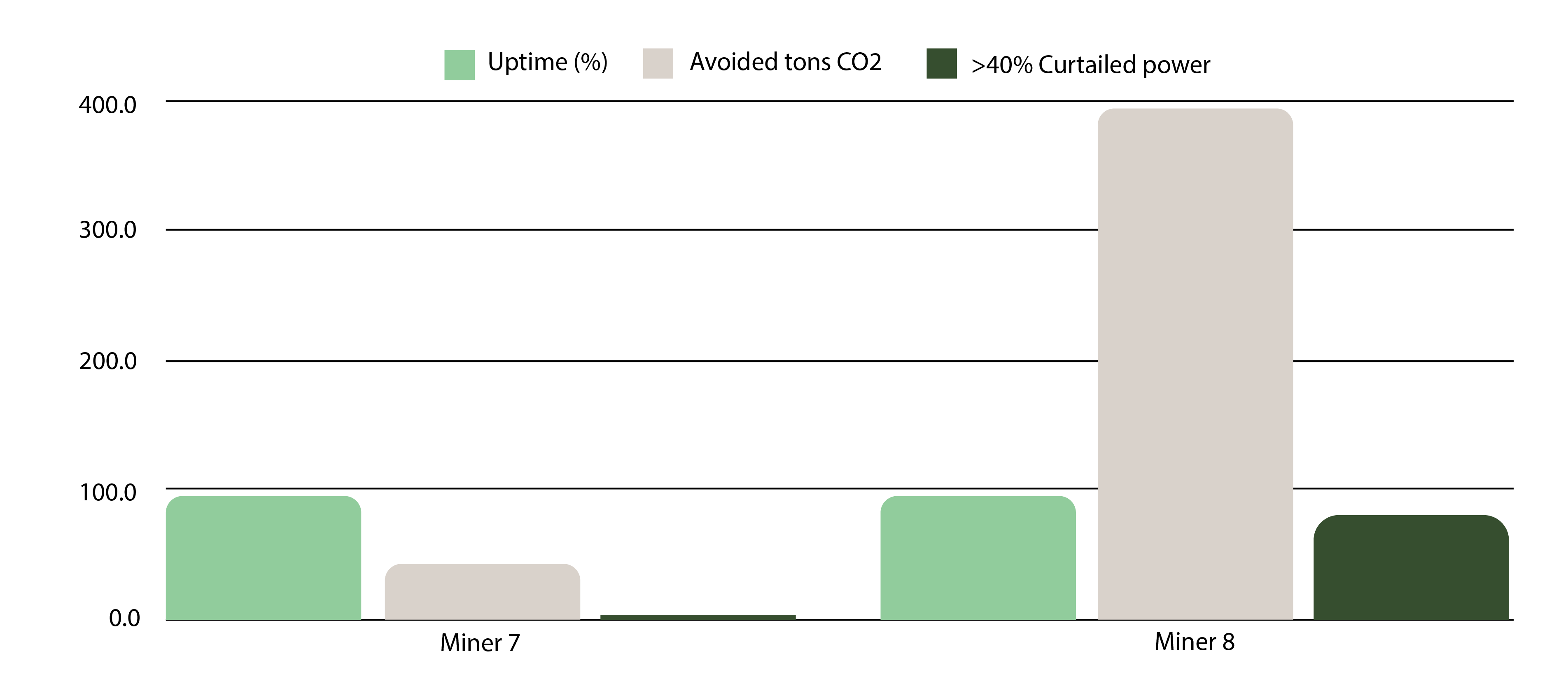
Conclusion
In conclusion, while both Bitcoin mining and HPC data centers are significant consumers of energy, they exhibit distinct operational characteristics and environmental impacts that shape their role in the energy landscape.
HPC data centers, resembling locusts in their energy consumption, demand continuous, high-quality power for their complex workloads. They are less flexible and require stable power supplies, making them less adaptable to energy fluctuations. Their high energy demands and regulatory constraints may even increase peak grid demand and energy costs and may exacerbate the intermittency problems of renewables.
Conversely, Bitcoin mining, akin to a dung beetle, capitalizes on its ability to adapt quickly to fluctuations in energy availability and costs. This adaptability allows Bitcoin miners to exploit otherwise wasted energy and act as a flexible demand response resource, mitigating some challenges associated with renewable energy intermittency. Their sensitivity to energy prices drives them to seek out and utilize low-cost, often surplus, energy sources, reducing overall carbon emissions and supporting grid stability.
As we advance toward a future with higher shares of renewable energy, understanding these distinctions becomes crucial. Bitcoin mining’s potential as a flexible, demand-responsive player in the energy market highlights its emerging role in balancing grid stability and supporting the integration of renewables, while HPC data centers will need to continue innovating to manage their significant energy requirements and regulatory obligations effectively.
In the upcoming blogposts we are going to look at some of the use cases where Bitcoin mining uses otherwise wasted energy and can positively impact the environment.
Ready to transform your mining strategy?
Our innovative approach to earning Bitcoin provides optimized exposure to mining returns without the traditional operational headaches.

